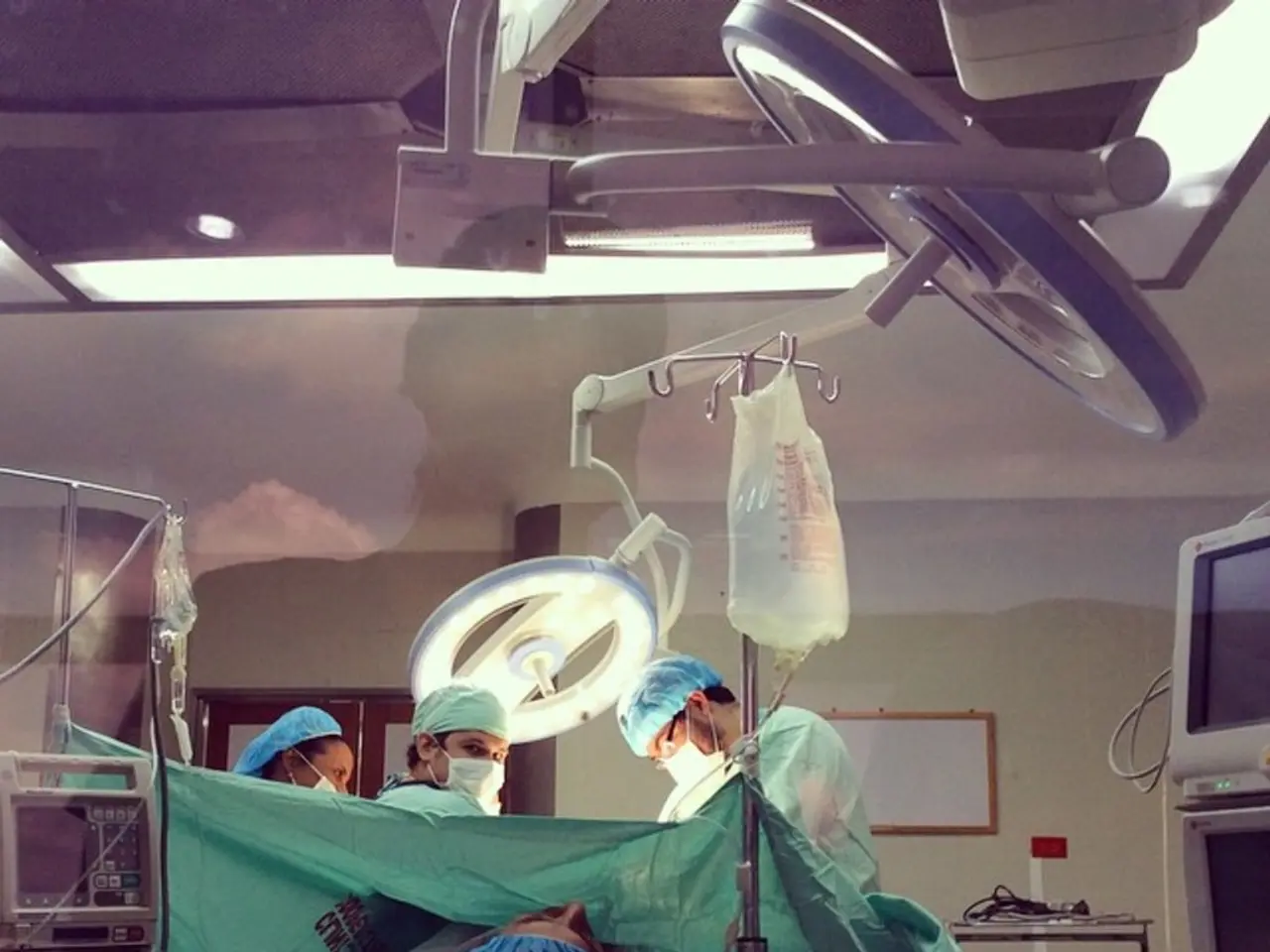Investigating Advancements: AI-Powered Prosthetic Limbs in Orthopedic Innovation
Bionic limbs, advanced mechanical solutions designed to mimic the functionality of natural limbs, are undergoing a transformative evolution, thanks to the integration of Artificial Intelligence (AI) and machine learning algorithms. This fusion is revolutionizing the field, making prosthetics more efficient, personalized, and adaptable to the user's needs.
Learning and Adapting to User Behavior
AI enables prosthetics to dynamically learn and adapt based on how the user moves and interacts with their environment, improving overall performance and ease of use. Machine learning algorithms allow bionic limbs to predict user intentions more accurately, enabling smoother and finer motor control, which enhances manipulation and reduces user effort.
Precision and Responsiveness
Advanced AI systems incorporate sensory data—such as tactile sensors mimicking touch—to provide feedback to the user, helping them control grip strength and object manipulation in a way similar to a natural limb. This integration results in prosthetics that are more precise and responsive, offering a more natural user experience.
Robotic Assistance in Surgery and Design
AI also supports the surgical fitting and customization of bionic limbs through techniques like robotic-guided implant placement and personalized 3D imaging, improving the prosthetic’s fit and functionality.
Continuous Improvement
With machine learning, bionic limbs can update their algorithms over time, refining control strategies as more user data is collected. This continuous improvement ensures that these devices remain cutting-edge and effective for the individual user.
The fusion of AI and robotics in bionic limbs represents a shift from passive devices toward intelligent, interactive systems that improve user experience, safety, and quality of life. It also opens pathways for more rapid innovation and personalized solutions tailored to individual needs.
A Field of Promise and Challenge
The future of bionic limbs is a field that demands intellectual curiosity, empathy, and a commitment to making the world a more inclusive place. The complexity of mimicking the myriad movements of a natural limb presents a challenge for developers, requiring continuous refinement of algorithms and mechanical designs.
Delving into the mechanics and software that drives bionic limbs revealed similarities to AI-driven solutions in diverse industries. Artificial Intelligence stands at the core of the advancements in bionic limb technology.
A Brighter Future
The potential for improvement in quality of life for users of bionic limbs is enormous, making this an incredibly rewarding area of research and development. As these devices become even more sophisticated and personalized in the future, they are expected to seamlessly integrate into a user's lifestyle and preferences.
The future of orthopedics, influenced by artificial intelligence, holds promising advancements that will benefit all of humanity. The author, committed to exploring and contributing to the fields of AI and technology, looks forward to being a part of the evolution of bionic limbs and the positive impact they will have on people's lives.
Cloud solutions can be utilized to store and analyze large amounts of data collected from the usage of bionic limbs, allowing researchers and developers to further refine AI algorithms and improve the overall performance of these devices. This data-driven approach, leveraging technology and science, can accelerate the process of innovation and the development of medical-conditions-specific solutions for health-and-wellness improvement.
As AI and machine learning advance in the field of health-and-wellness, artificial-intelligence-driven algorithms can be applied to address a wide range of needs, such as healthcare diagnostics and predictive analysis, potentially revolutionizing the way we monitor and manage medical-conditions.
Moreover, the integration of AI and cloud solutions can enable the creation of platforms for artificially-intelligent health-monitoring systems, which can analyze data across various health metrics and provide users with personalized health-and-wellness recommendations tailored to their specific needs. This vision of a health-focused, AI-driven future leverages technology to empower individuals with the tools they need to achieve optimal health and wellness.




